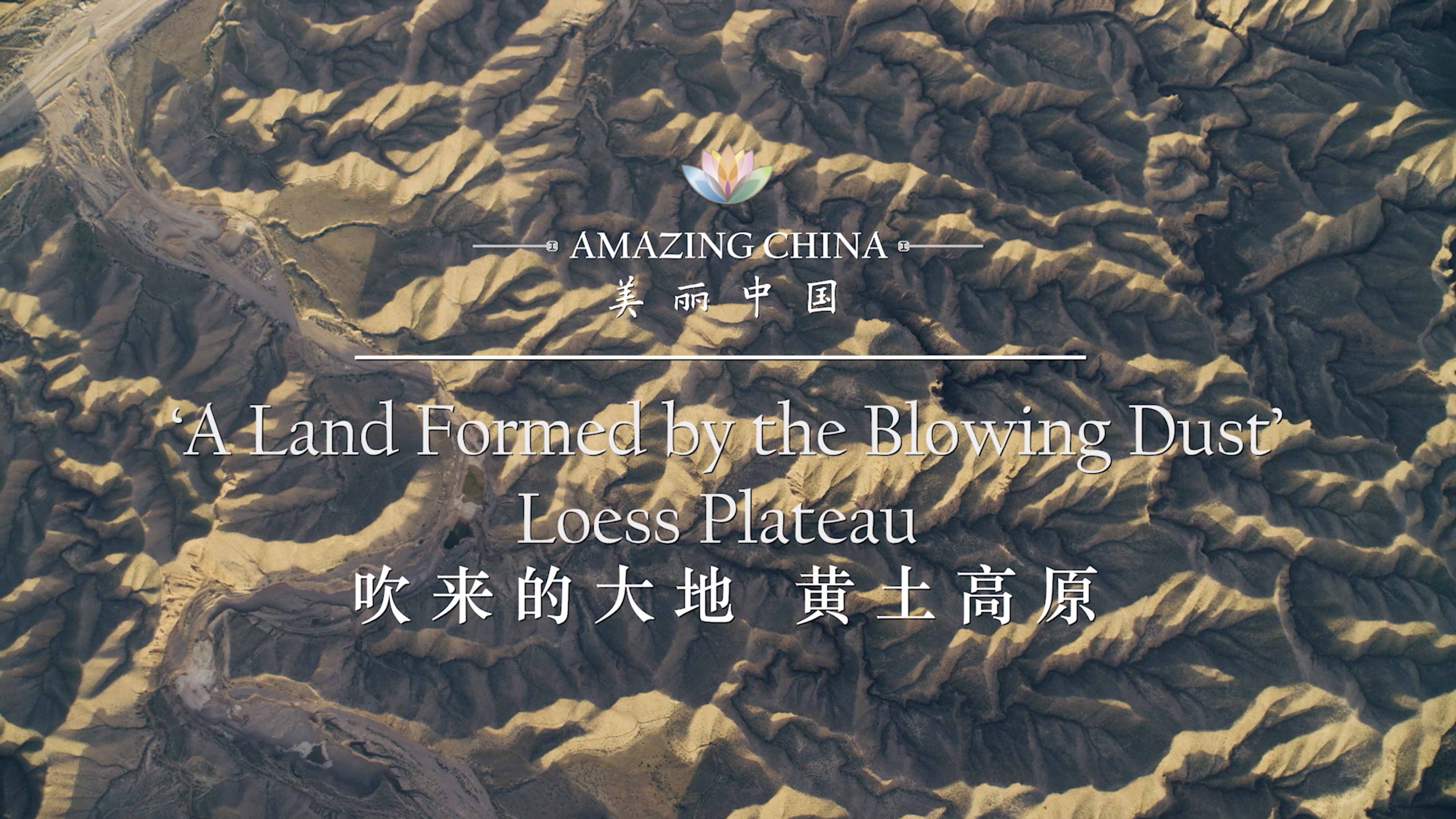02:39

The world's largest loess plateau is an important birthplace of Chinese civilization. The Loess Plateau, known as the Huangtu Plateau in Chinese, is about 640,000 square kilometers, accounting for 6.67 percent of China's total land area. Before you ask how this place became the birthplace of Chinese civilization, you may want to know what happened on this land before humans started settling here.
There's an old song that goes "my family lives on the Loess Plateau where a gale blows over the slope," which demonstrates the creation and character of the Loess Plateau. The wind is the main mechanism behind this miracle of nature.
According to the Chinese Academy of Sciences, this area used to be a vast lake eight million years ago. The west side of the lake was a desert and both its north and south sides were surrounded by mountains.
During that period, the earth was cold and dry with strong gales everywhere. The dust and sand carried by the wind traveled to the lake, and stayed there. After millions of years of accumulation, the lake-bed was much higher. As the wind came from the west, the particles also moved from west to east. The bigger ones fell first, and then the smaller ones. Hence, the sand in the west part is thicker and rougher than in the east. When the rainy season came, huge flooding would bring small rocks to the lake's edge, which fell into the lake afterward.
Continental plates collision slowly lifted the lake-bed, and the water containing soil flowed to the lower places which then formed the North China Plain. Eventually, the lake dried up and the lake-bed was raised, and people started to build their homes here. The land forms of Loess Plateau are stunning and China's Yellow River also passes through here.
(Cover image is a still from the video.)
(If you want to contribute and have specific expertise, please contact us at nature@cgtn.com.)